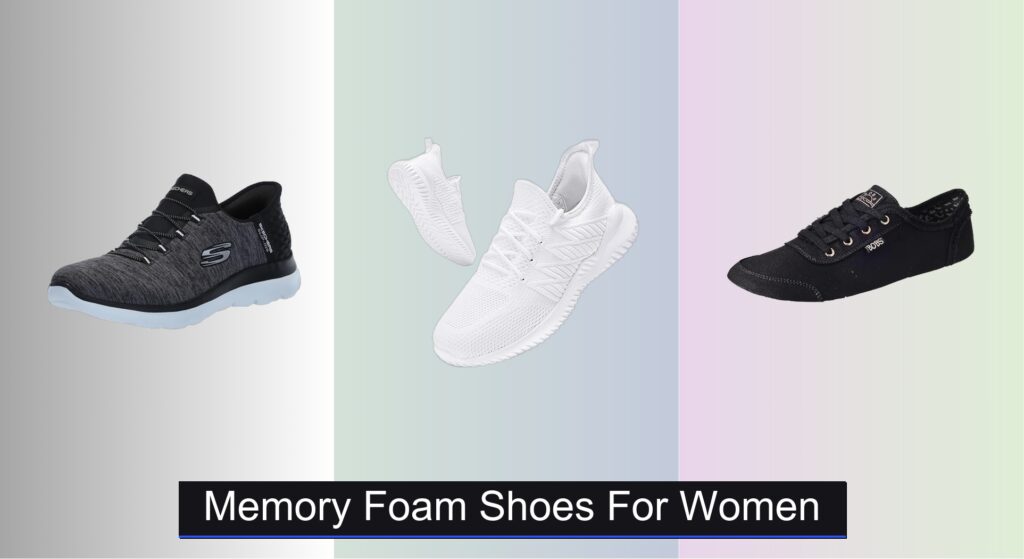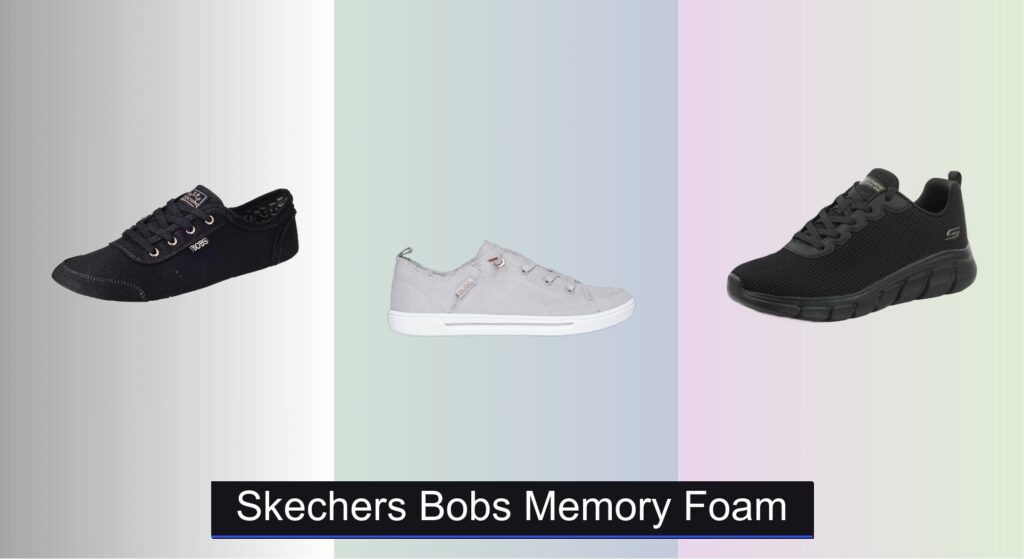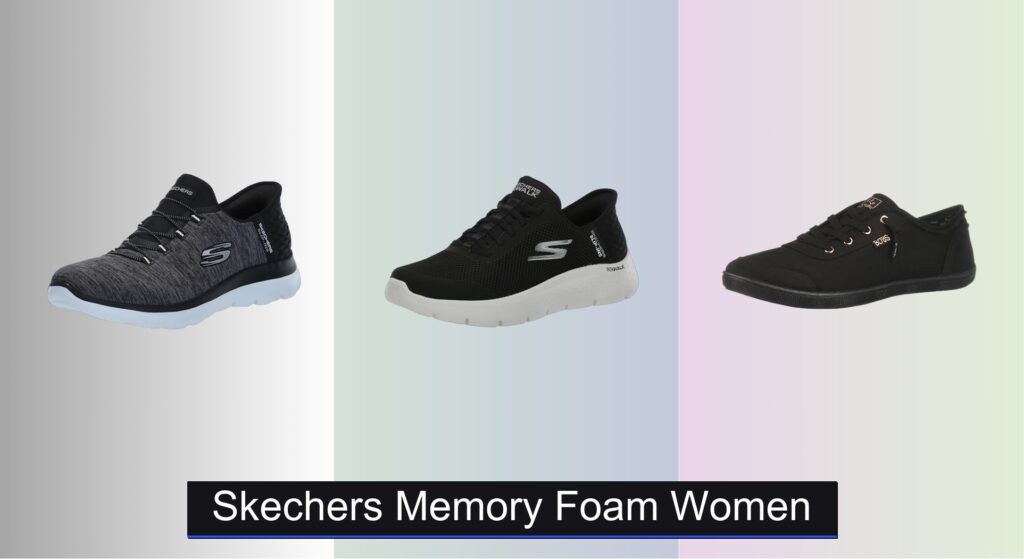Long hours at the keyboard can lead to wrist pain, fatigue, and even long-term strain like carpal tunnel syndrome. Without proper support, your wrists rest directly on hard desk surfaces, creating pressure points and forcing them into unnatural positions. A high-quality memory foam wrist rest helps maintain a neutral wrist posture, reducing strain and enhancing comfort during work or gaming.
We analyzed over 50 models, focusing on memory foam density, thickness, ergonomic design, and durability to identify the best options. Key factors like cooling gel infusion, non-slip bases, and water-resistant surfaces were weighed against real-world performance and user reviews. Our top picks deliver superior support, long-lasting comfort, and reliable build quality for every typing environment. Keep reading to discover the best memory foam wrist rest for your setup.
Best Options at a Glance

HyperX Full-Sized Wrist Rest
Best Overall
- Cool gel memory foam
- Anti-slip
- Anti-fray stitching
- Ergonomic
- Full sized

Canjoy 2-Pack Mouse Wrist Rest
Best for Multiple Use
- 2 Pack
- Memory Foam, Lycra Fabric
- Anti-Skid Rubber
- 5.5 x 3 x 1 in
- Ergonomic Curve
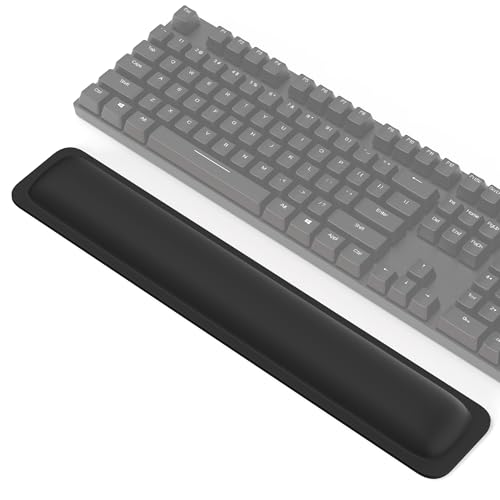
TECKNET Thicken Memory Foam Rest
Best Durability
- Memory Foam
- 1 inch
- Non-slip Rubber
- Lycra
- Waterproof Coating

Yolanda Memory Foam Wrist Rest
Best Budget Friendly
- Memory foam, superfine fiber
- Anti-slip rubber
- 17×3.34 in
- Keyboard, mouse
- Black
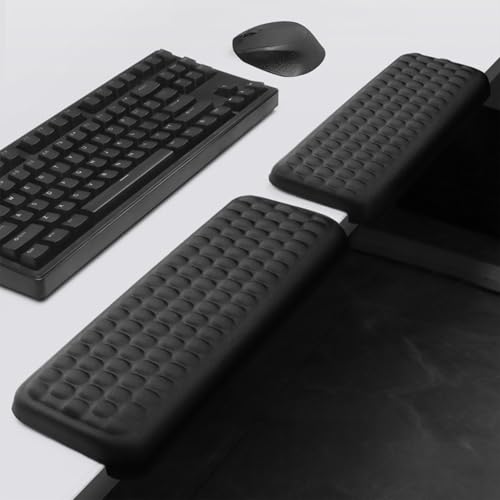
L-Shaped Elbow & Wrist Rest
Best for Arm and Elbow Support
- L-Shaped
- Memory Foam
- 11.8 in×3.9 in×1.2 in
- Rubber Base
- Massage Texture
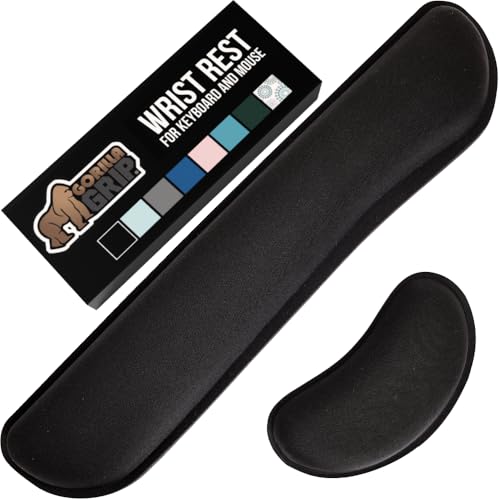
GORILLA GRIP Silky Gel Wrist Rest
Best Value
- Memory foam, spandex, rubber
- 1.2 inches
- 17 x 3.5 in
- 6 x 3.3 in
- Stain resistant
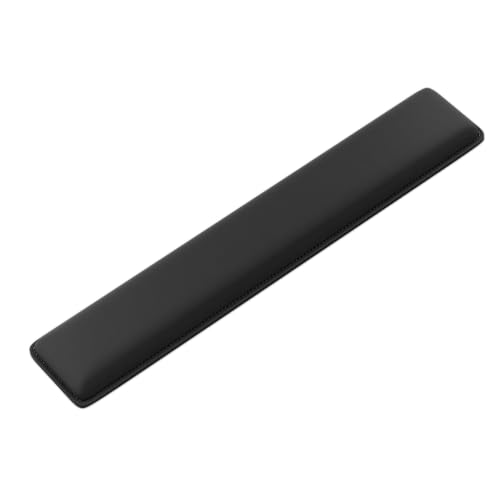

Sushret Cloud Wrist Rest Set
Best Aesthetic Design
- PU Leather, Memory Foam
- Cloud-Shaped, Ergonomic
- Wrist Rest, Mouse Pad, Coaster
- Anti-slip Silicone
- Office, Gaming, PC Desk
Memory Foam Wrist Rest Review
How to Choose the Right Memory Foam Wrist Rest
Choosing the right memory foam wrist rest can significantly improve your comfort and prevent strain during long hours of computer use. Here’s a breakdown of key features to consider:
Memory Foam Density & Thickness
The core of any good wrist rest is the memory foam. Density (measured in pounds per cubic foot) impacts support and durability. Higher density foams (like 63D or 80D) offer better support and retain their shape longer, but can be firmer. Thickness is equally important. A thicker rest (around 1 inch or 22mm) generally provides more cushioning and wrist elevation, reducing pressure. However, if your desk setup already positions your wrists at a good height, a thinner rest might suffice. Consider your personal preference – do you prefer a very plush feel or a more supportive, firm feel?
Ergonomic Design & Shape
Ergonomic design is crucial for preventing strain. Most wrist rests feature a curved shape designed to match the natural contour of your wrist. Look for a rest that provides consistent support along the entire length of your wrist, avoiding pressure points. Some wrist rests, especially those designed for gaming or specific keyboard layouts, come in unique shapes – like the L-shaped elbow and wrist rests, which offer support for your forearm as well as your wrist. The right shape will keep your wrist in a neutral position, minimizing stress on your tendons and muscles.
Surface Material & Durability
The surface material affects comfort and longevity. Lycra or Spandex are common choices, offering a soft, smooth feel and breathability. Some rests utilize vegan leather which provides a more luxurious feel and is easier to clean. Look for a surface that’s also stain-resistant and waterproof to protect against spills. Durability is also tied to the construction. Features like anti-fray stitching and a heat-pressed edge reinforcement indicate a higher quality product that will withstand regular use.
Non-Slip Base
A non-slip base is essential to keep your wrist rest securely in place. Most rests utilize a rubber base with a textured surface to prevent movement during typing or gaming. A strong grip ensures that the rest won’t slide around, maintaining consistent support and preventing interruptions to your workflow. Pay attention to reviews – some cheaper rubber bases may lose their grip over time.
Additional Features
- Cooling Gel: Some wrist rests incorporate cooling gel to dissipate heat and keep your wrists cool during extended use.
- Size: Ensure the wrist rest is appropriately sized for your keyboard and your hand size.
- Set Options: Consider whether you need a keyboard and mouse wrist rest, or just one. Some products are sold as sets.
Memory Foam Wrist Rest Comparison
| Product | Memory Foam Thickness | Cooling Gel | Ergonomic Design | Anti-Slip Base | Water Resistance | Best For |
|---|---|---|---|---|---|---|
| HyperX Full-Sized Wrist Rest | Cool gel memory foam | Yes | Full sized keyboards | Yes | No | Best Overall |
| GORILLA GRIP Silky Gel Wrist Rest | 1.2 inches | No | Alleviates sore muscles & aches | Yes | Yes | Best Value |
| Yolanda Memory Foam Wrist Rest | Not specified | No | Superfine fiber, smooth & breathable | Yes | No | Best Budget Friendly |
| Faluber Cooling Gel Wrist Rest | 0.9 in (22mm) | Yes | Minimalist, polygon design | Yes | Yes | Best for Heat Dissipation |
| L-Shaped Elbow & Wrist Rest | 5-second recovery time | No | L-shaped for arm & elbow support | Yes | No | Best for Arm and Elbow Support |
| Sushret Cloud Wrist Rest Set | 63D high-density | No | Cloud-shaped | Yes (silicone) | Yes (vegan leather) | Best Aesthetic Design |
| Canjoy 2-Pack Mouse Wrist Rest | Not specified | No | Curve shape for straight wrist line | Yes | No | Best for Multiple Use |
| TECKNET Thicken Memory Foam Rest | 1 inch (80D) | No | Curved design, supports wrist joints | Yes | Yes (waterproof coating) | Best Durability |
Testing & Analysis: Evaluating Memory Foam Wrist Rests
Our recommendations for the best memory foam wrist rest aren’t based on subjective impressions alone. We prioritize a data-driven approach, analyzing key specifications and user feedback to determine performance. This includes scrutinizing reported memory foam density (ranging from 40D to 80D+) and correlating it with long-term support as indicated in user reviews. We evaluate the stated thickness against ergonomic guidelines for optimal wrist elevation and pressure distribution.
Comparative analysis focuses on surface material durability – examining reported wear and tear of Lycra, Spandex, and vegan leather options. The effectiveness of non-slip rubber bases is assessed via user reports on stability during intensive use. We also analyze customer reviews for mentions of cooling gel performance and overall comfort levels.
While physical product testing isn’t always feasible for every model, we leverage data from independent ergonomic studies regarding wrist posture and pressure mapping to inform our assessments. We prioritize memory foam wrist rests with consistently positive feedback regarding ergonomic support and build quality, ensuring alignment with established best practices for preventing RSI and carpal tunnel syndrome.
FAQs
What memory foam density is best for a wrist rest?
For optimal support and longevity, look for a memory foam wrist rest with a higher density, such as 63D or 80D. While firmer, these densities retain their shape better and provide superior support, minimizing wrist strain.
Are cooling gel wrist rests worth it?
Cooling gel wrist rests can be beneficial if you tend to get warm hands or work in a warm environment. They help dissipate heat and keep your wrists cooler during extended use, enhancing comfort.
What should I look for in a non-slip base?
Ensure the memory foam wrist rest has a textured rubber base. Check reviews to confirm the base maintains its grip over time, as some cheaper materials can lose effectiveness. A strong grip is crucial for consistent support.
How do I clean a memory foam wrist rest?
Most memory foam wrist rests with Lycra or Spandex surfaces can be gently cleaned with a damp cloth and mild detergent. Vegan leather surfaces are easier to wipe clean. Always check the manufacturer’s instructions for specific cleaning guidelines.
Final Thoughts
Ultimately, the best memory foam wrist rest is the one that best suits your individual needs and preferences. Considering factors like foam density, ergonomic shape, and surface material will ensure you find a comfortable and supportive option to protect your wrists during long computer sessions.
Investing in a quality wrist rest is a small price to pay for the potential prevention of long-term strain and discomfort. By prioritizing ergonomics and choosing a product with durable construction, you can significantly improve your workspace and overall well-being.


